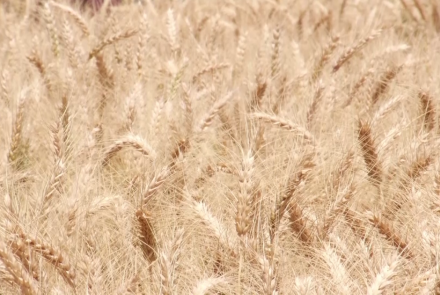The National Statistics and Information Authority (NSIA) has announced that wheat production in Afghanistan has reached over 4.5 million metric tons this year.
According to the NSIA, this volume of wheat produced from both irrigated and rain-fed farmland was primarily cultivated in the provinces of Helmand, Kunduz, Herat, Kandahar, Farah, and Badghis.
The authority also noted that in total, 891,000 hectares of land were cultivated with wheat this year. However, due to various factors, including drought, irrigated lands saw a 4% decrease and rain-fed lands a 24% decrease compared to last year.
Mohammad Halim Rafeh, spokesperson for the NSIA, stated: “Around 4.54 million metric tons of wheat have been produced across the country this year. Of this, 4.13 million tons came from irrigated land and 404,000 tons from rain-fed land.”
Meanwhile, the Chamber of Agriculture and Livestock expressed concern over the negative impact of climate change on Afghanistan’s agriculture and emphasized the need for standardized mechanisms to increase agricultural output, particularly wheat.
Wasim Safi, CEO of the Chamber of Agriculture and Livestock, stated: “In order to boost agricultural production, especially wheat we must adopt modern methods, use improved seed varieties with higher yields, and apply chemical fertilizers to increase output.”
Abdul Shakoor Hadaewal, an economic expert, added: “We urge the Islamic Emirate to make effective use of the country’s abundant water resources to irrigate rain-fed lands, which would significantly increase agricultural production, particularly wheat.”
The NSIA further noted that, based on population estimates, Afghanistan needs 6.87 million metric tons of wheat annually. However, with the current production level, the country faces a shortfall of 2.33 million tons.






